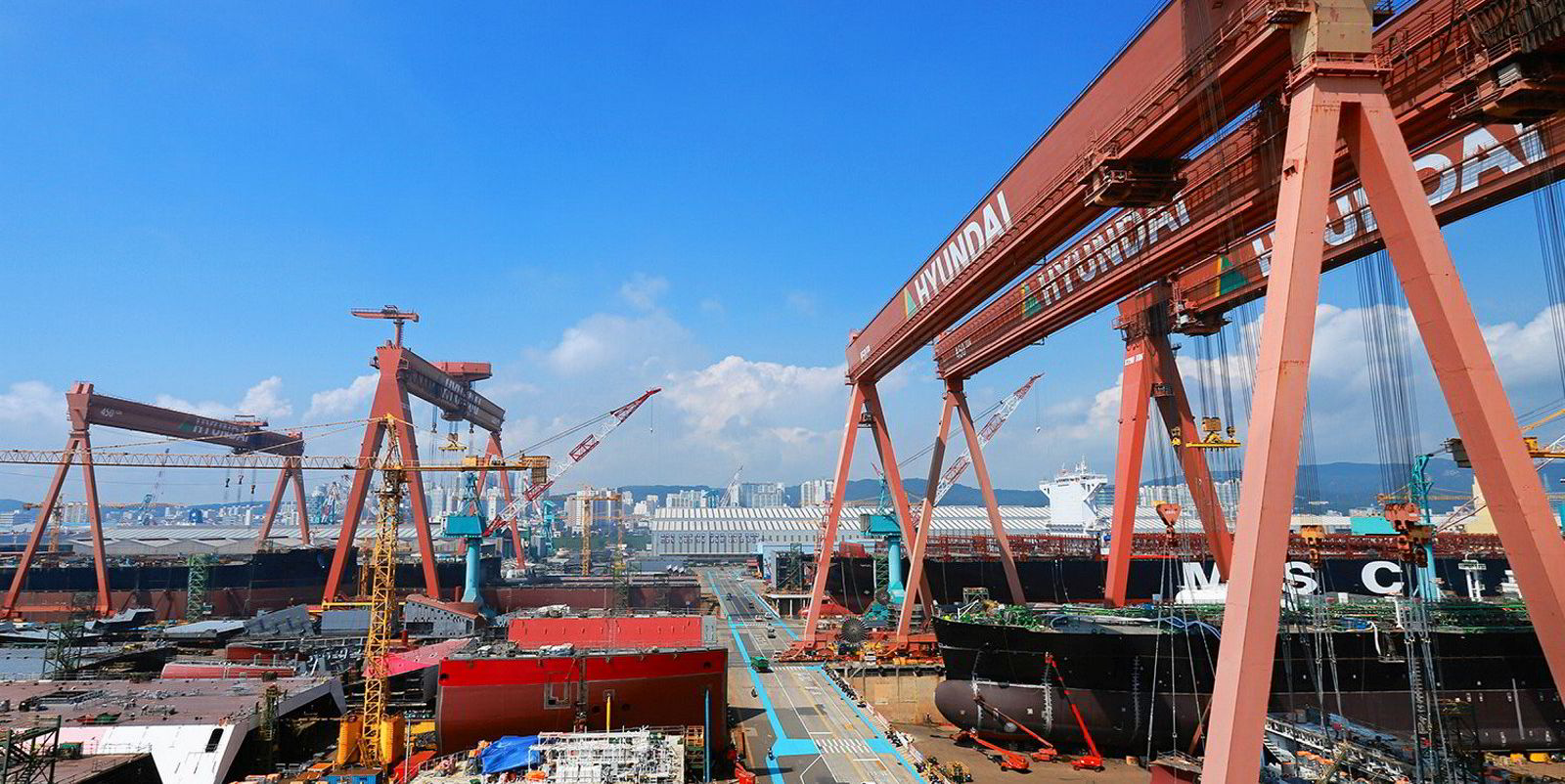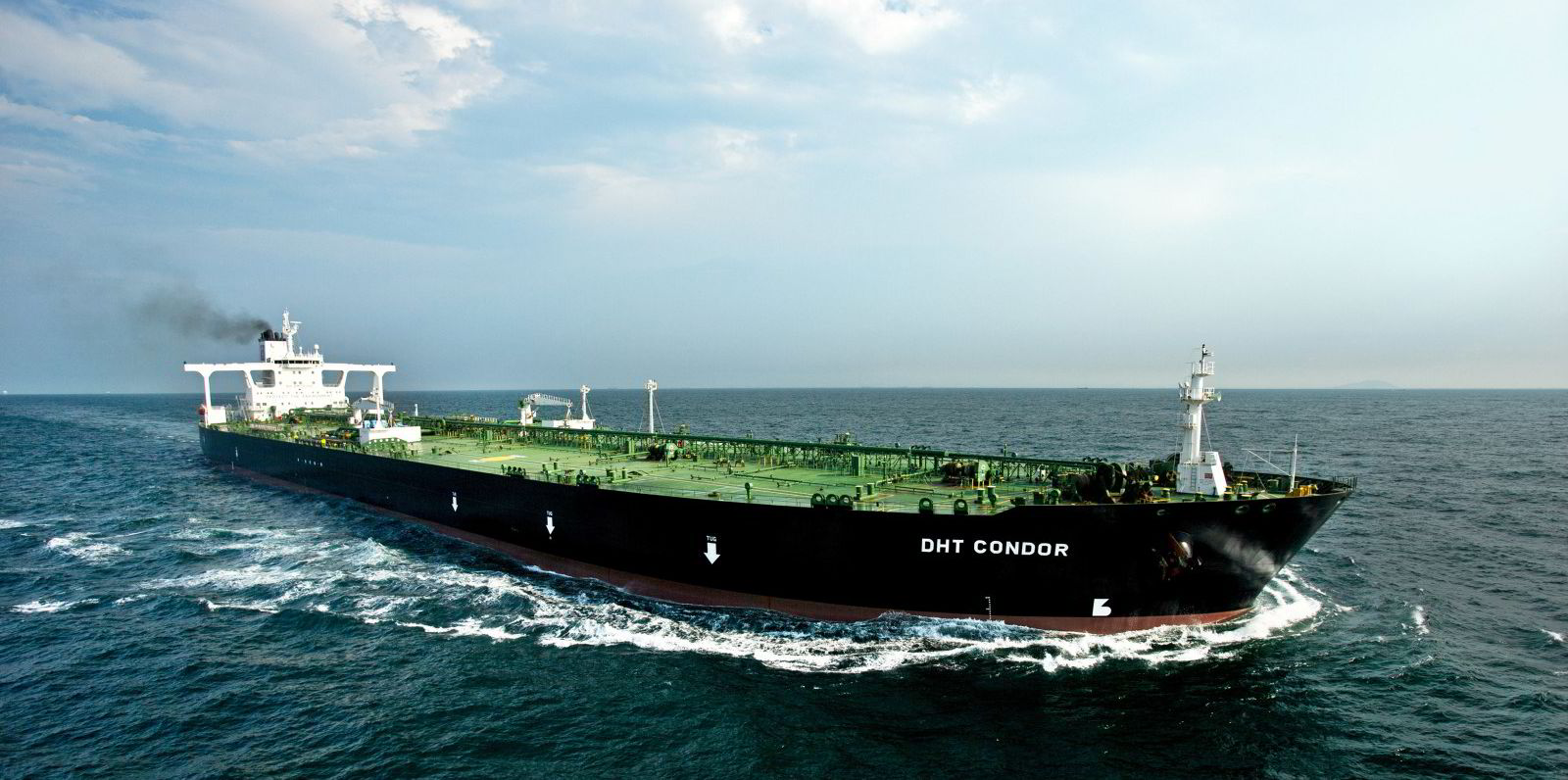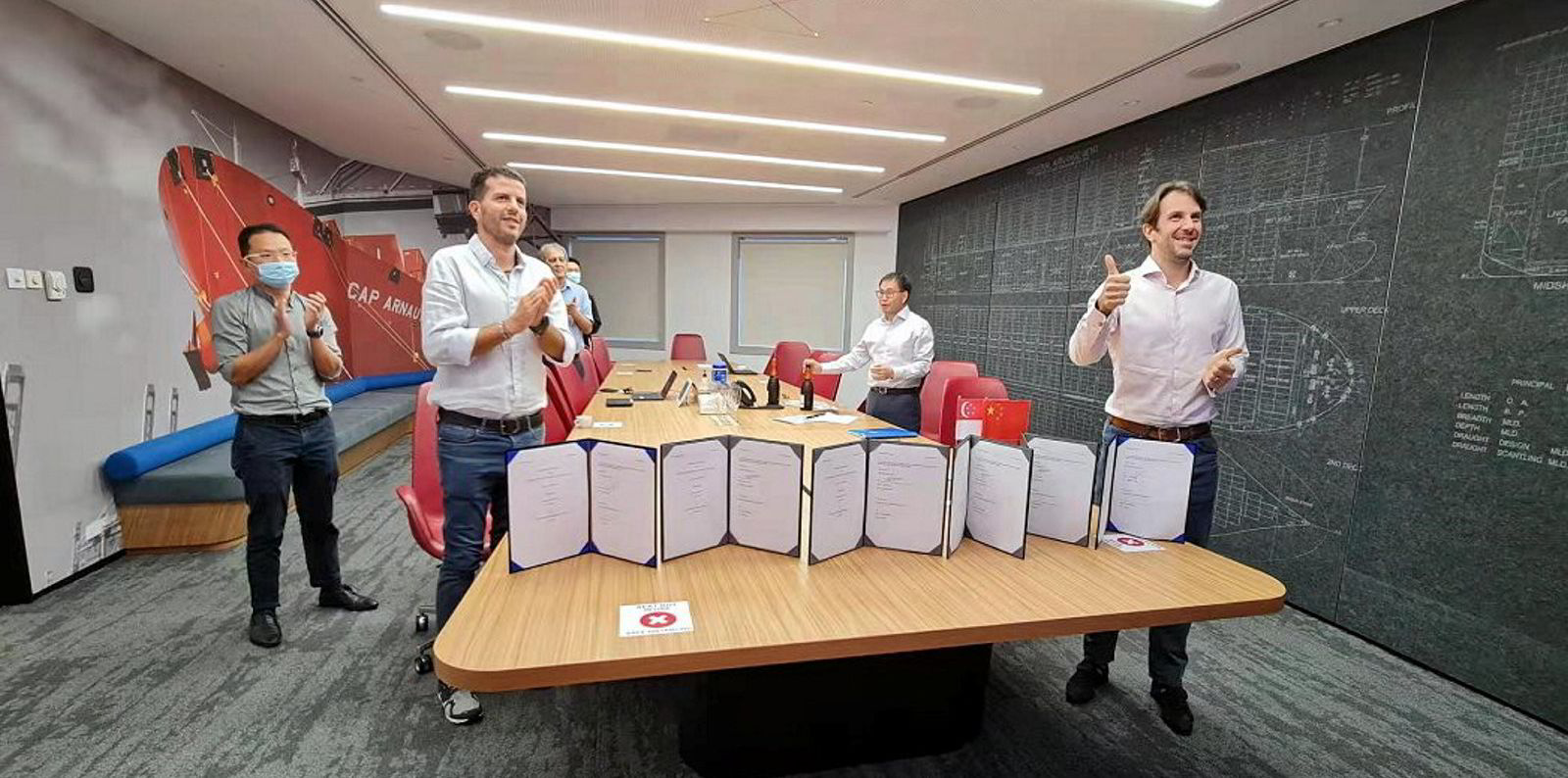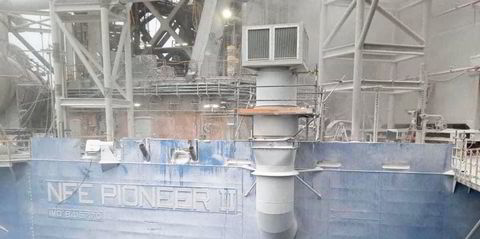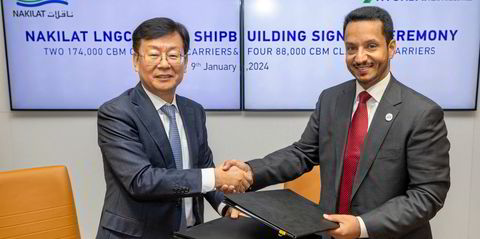Shipbroker Barry Rogliano Salles (BRS) predicts shipyards could benefit from a supercycle following a recent recovery in demand.
Shipbuilders last saw a supercycle — a prolonged period of demand-driven expansion — between 2005 and 2008, and the Paris-based broker believes the conditions might be just right for a repeat.
In its annual review, BRS said China drove the last shipyard supercycle, but this time it could be decarbonisation and fleet renewal that help stoke demand.
“We believe that there is evidence to suggest that a new supercycle is looming,” the broker said.
“This will not be driven by a new Chinese economic boom as was the case in the 2000s, but rather a replica of the shipping boom which took place between 2003 and 2008, when an amazing number of ships were contracted.”
BRS thinks it might have spotted the first signs of a supercycle in 2021, when newbuilding orders recovered to 132m dwt, compared with 75m in Covid-affected 2020. Prices also jumped by 30% in 2021.
On top of that has been a dramatic curbing of global shipbuilding capacity since 2008, when there were 682 shipyards, compared with 275 today.
The result of reduced capacity is that yards are already starting to fill up well into 2025. BRS estimates that currently active capacity can produce only 1,200 to 1,300 ships annually, compared with 2,000 ships between 2005 and 2010.
Consolidation also means the nine largest shipbuilding groups now control 75% of world capacity.
More capacity in fewer hands will probably give shipyards the upper hand in the future market.
While newbuilding capacity has been shrinking, the world fleet has been growing, which will increase the fleet replacement demand. In 2021, there were 40,588 ships, up from 30,864 in 2008.
Decarbonisation regulation is also placing pressure on owners to replace non-eco ships built before 2010.
The willingness to order lower carbon-emitting ships was demonstrated by the number of owners contracting vessels to comply with phase 3 of the Energy Efficiency Design Index well ahead of the 2025 enforcement of the newbuilding efficiency standard.
There has also been a growth in alternative-fuel LNG, LPG and methanol ships ordered well in advance of any regulatory requirement, BRS pointed out.
While there are numerous positive indications for shipyards, BRS does have some caveats that indicate the start of the supercycle might not quite be here yet.
The ordering last year may have been the result of the post-Covid economic rebound and the unexpected boom in container and dry bulk rates, rather than the beginning of a prolonged recovery.
Also, the average ship demolition age is still above 25 years, which indicates that owners are not rushing to replace old with new.
“This, therefore, suggests that the new supercycle should not start before mid-2025,” BRS said.
Then there are always “black swan” events like the Covid-19 pandemic, fluctuations in the price of raw materials, natural disasters and sanctions, which could affect the market direction.
